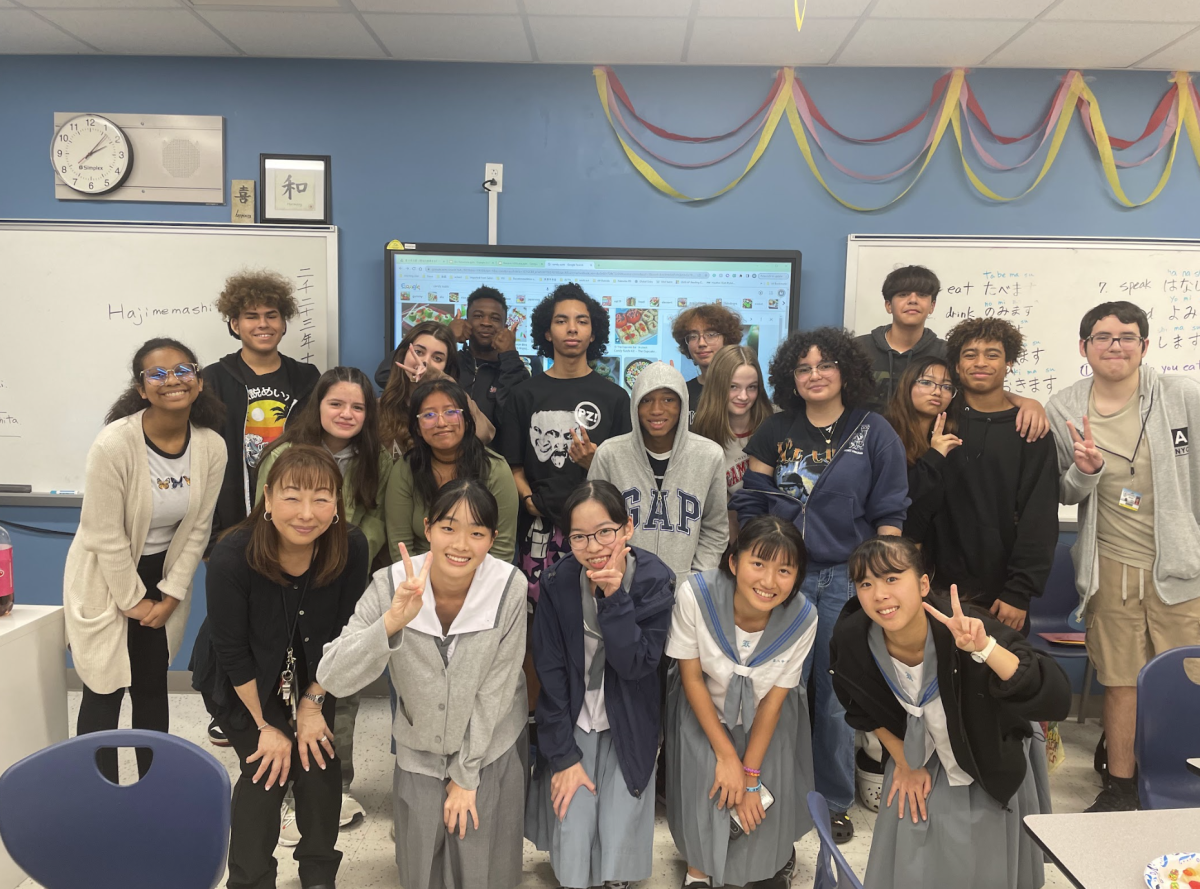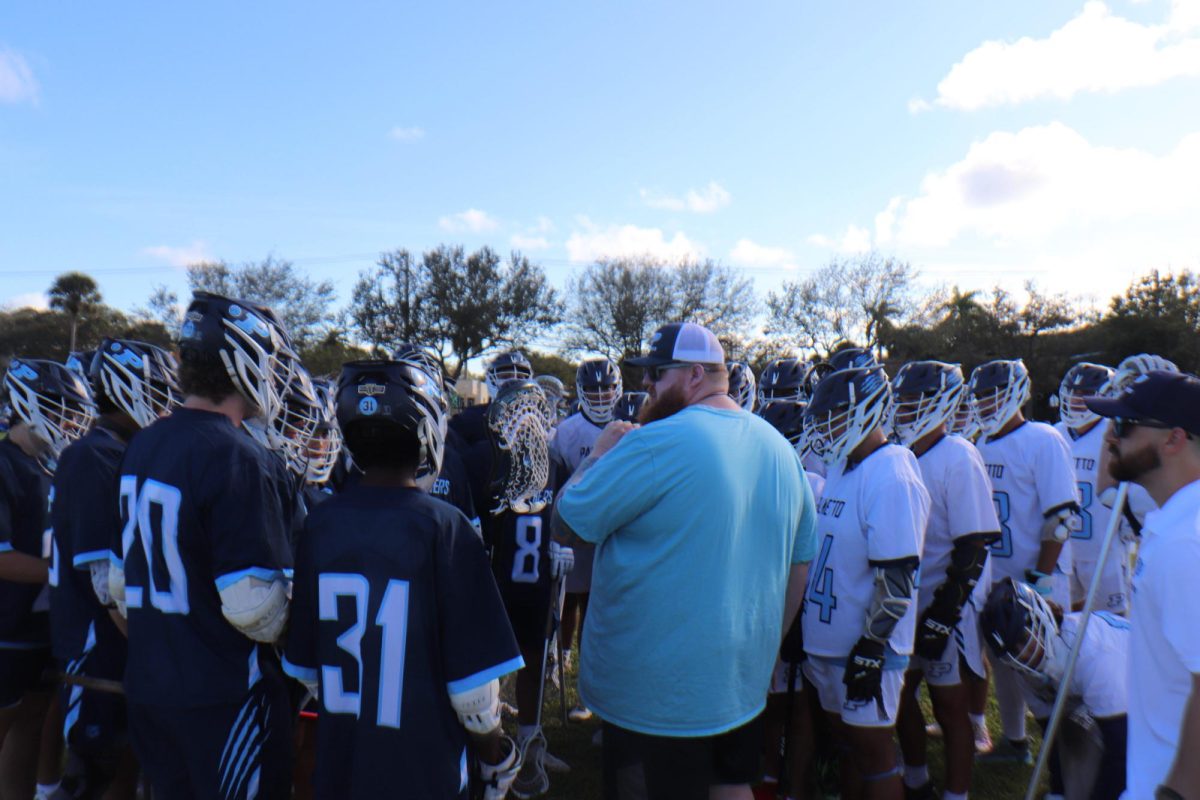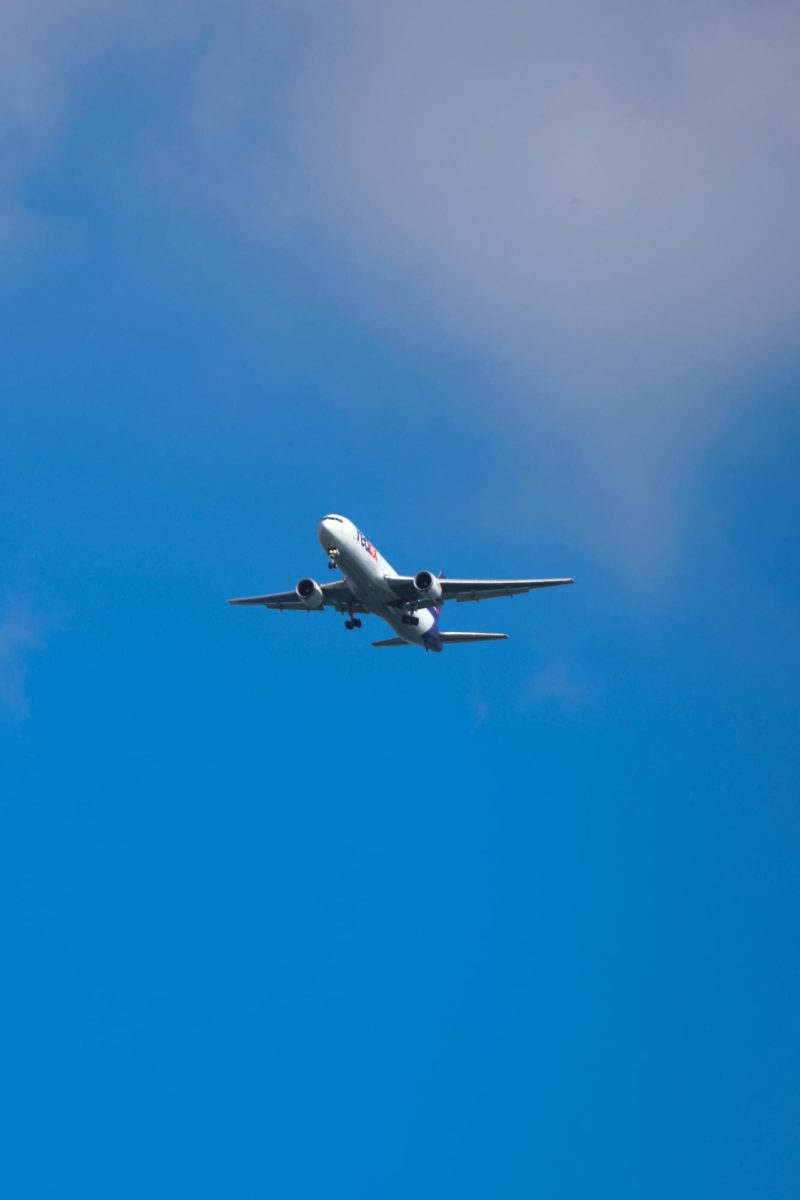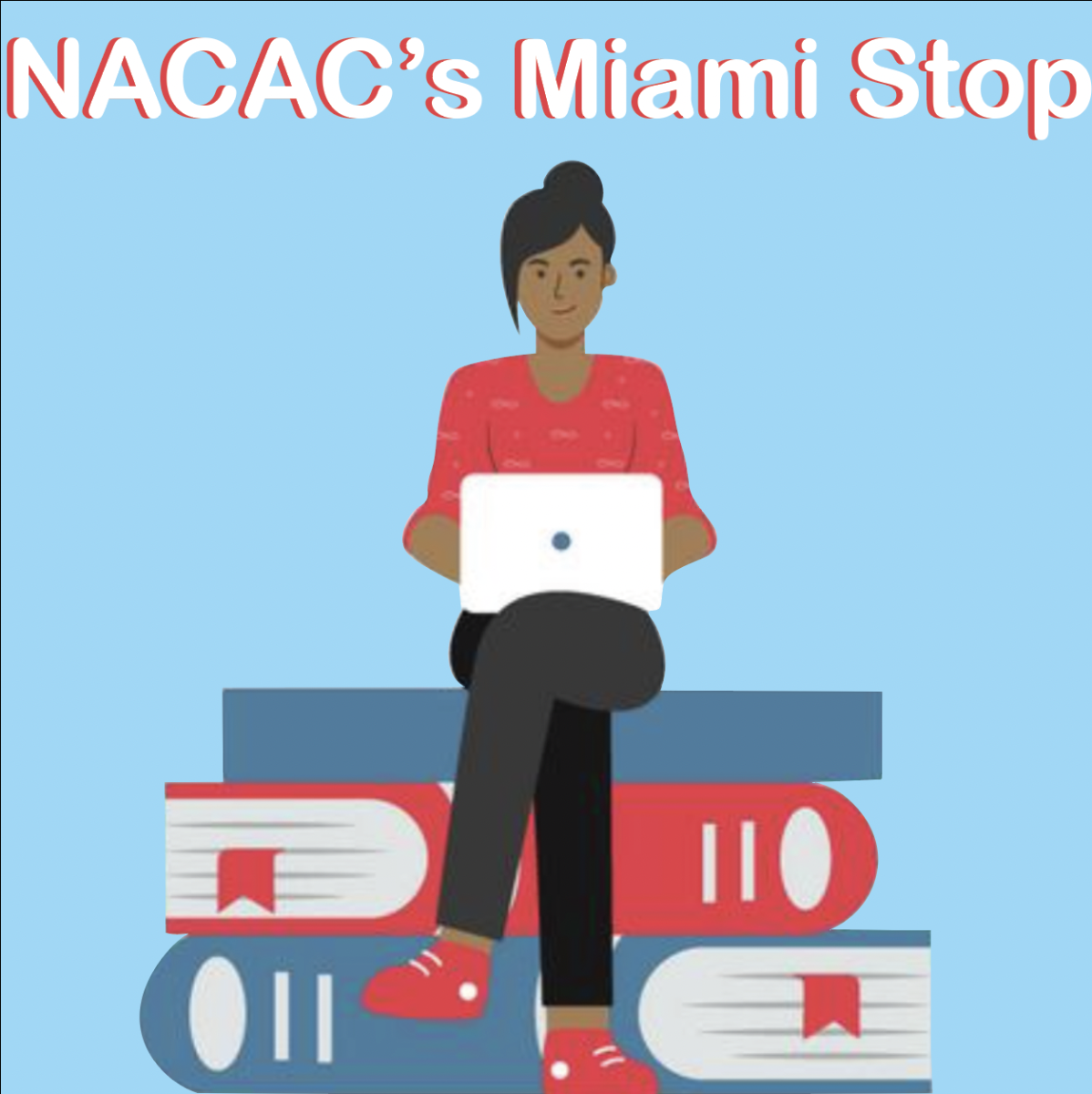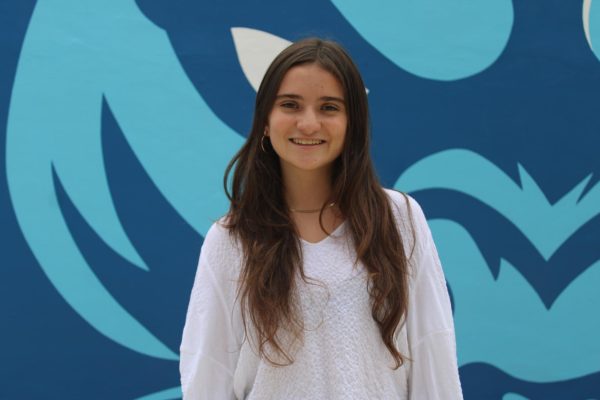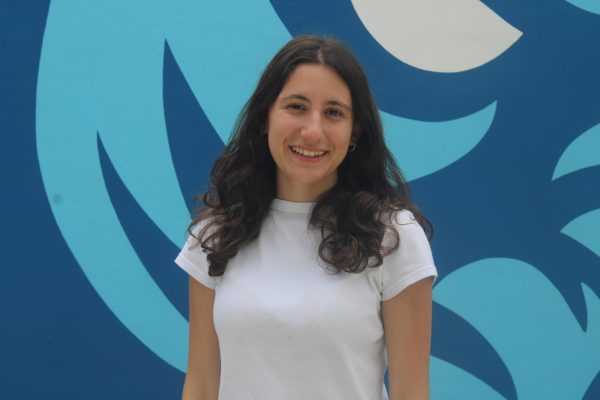From the sunny, beautiful seaside town of Kagoshima, best known for the Sakurajima volcano, 10 Japanese students out of 140 applicants arrive in Miami after an over 20-hour long trek, eager to learn and spend the next week of their lives embracing American culture.
Since 1990, Miami Palmetto Senior High’s Japanese program has maintained a close relationship with the Kagoshima-Miami Sister City Committee and the Kagoshima City Hall, despite their 7,980-mile distance. Each year, the county has committed to a mutual exchange of students in both directions — from Miami to Kagoshima and vice-versa.
Under Japanese teacher Meiko Avello’s instruction, her students have volunteered to both travel to Kagoshima as foreign exchange students and host students in their homes. This year, five students welcomed the exchange students into their homes and a sliver of their MPSH communities: Emerald Codias, Elias Squef, Evelyn Devera, Leila Irwin and Isabella Garcia-Chuquil.
“It is so exciting because all the students who did the host were so interested in Japanese culture; they’re into Japanese culture. That’s why they are taking Japanese class. So, now, they have the real Japanese person following them. They are so proud and so excited, and they feel like they are the ambassador of the United States, and they did it wonderfully,” Avello said.
This past summer, three of MPSH’s own attended the sister-city program in Kagoshima — Nicholas Jude, Issa Hassan and Jalen Mitchell — with many more planning to participate this summer.
During Nanami Ishitsuka’s week in the 305, Squef ensured she experienced all of the Miamian essentials.
“Doing all these activities: we went to the beach; I showed her around Deering Estate; we went biking; we went to Downtown Wynwood. To show her all around Miami was really nice,” senior Elias Squef said.
In Miami, Ishitsuka attended all of Squef’s classes, while living at his house for a true cultural immersion. While at school, Squef introduced her to his friends and classmates, where she was welcomed in true MPSH fashion — with open arms and lots of Panther Pride.
“Everyone, everyone in this school is so kind to me and friendly. I like them,” Ishitsuka said.
Coming to Miami — a diverse community made up of people from all backgrounds — presents vastly different ways of life in and outside classrooms, in comparison to Kagoshima: a culture shock for the girls.
“In Japan, they cannot touch a smartphone, and drink water and eat something in class. But American school is free and loud,” Ishitsuka said.
Beyond their cultural immersion, the students were allowed to sit in and absorb the true American high school academic experience — regardless of a language barrier.
“My favorite class is math. The teacher is very kind and the students are very kind,” Kagoshima student Konoko Goto said.
For Avello, hosting the girls from Kagoshima in her classes allows her to witness her students’ hard work come to fruition — being able to communicate with Japanese teens and become immersed in the language.
“My students, they have never seen any Japanese kids because they only talk to me as a native speaker. So, when I see my students, [for the] first time, talk to their peers, their faces light up, so excited. And, I was almost in tears because they’re using what they are learning, finally using the realistic situation. I think that’s one of the most wonderful things and also, they start the friendship… They keep in touch. So that’s wonderful,” Avello said.
The exchange week ended with a going away party in honor of the students from Kagoshima. This party blended American and Japanese cultures by making candy sushi for one final hurrah.
Unique to all other language programs in the school, the Japanese students’ passion and commitment to the culture and the language branches out beyond the classroom and has given the girls from Kagoshima an unforgettable experience.
“Miami is freedom. Miami has a lot of great culture,” Ishitsuka said.



